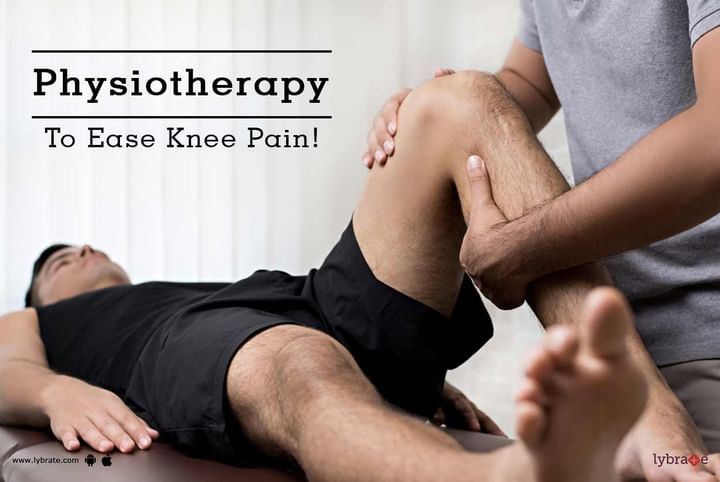Physiotherapy To Ease Knee Pain!
Knee pain is one of the most common and painful ailments that can limit mobility. Injuries can result in cartilage or meniscal tears or sprains too. Obesity is another reason knee pain is on the rise. Also, regular wear and tear of the ligaments and tendons around the knees due to old age is another cause. These days, with reduced physical activities and sedentary lifestyles, the rate at which knees are wearing out has also become accelerated. Whatever the reason, a correct diagnosis followed by prompt treatment can help.
Over the years, physiotherapy has been playing an important role in treating knee injuries. Whether to supplement the various drugs to reduce pain and inflammation or to avoid surgery, physiotherapy has helped many and its popularity is growing every day. Here are some ways that physiotherapy can help reduce pain.
1. Improve flexibility of tendons -The knee cap is an area where there are a lot of tendons and ligaments coordinating to enable movement. Careful exercising can ensure that the flexibility of tendons and ligaments is improved, thereby making your knee movement easier and less painful.
2. Improves blood supply - As we all know, proper movement requires a good blood supply. Exercising with a special focus on the knee ensures that blood supply is improved, and thereby the supporting ligaments and tendons function optimally.
3. Enhances the knee cap function - The knee cap is that portion which joins your thigh bone to your calf bones. This is prone to slip out of place, especially with arthritis and injuries. This can be painful and limit movement to a great degree. Focused exercises aimed at improving knee cap function will ensure that the knee cap has a wider range of function, and does not slip out of its socket easily.
4. Reduce rigidity - Once you start physiotherapy, you will feel your knees getting more flexible. The rigidity that had set in as a result of injuries and/or old age will also reduce over a period of time.
5. Slow down the wear and tear - When you start physiotherapy after knee damage, continuing the exercise routine, of course with expert guidance, can reduce the pace at which further damage might happen.
A word of caution though. Be sure to consult an experienced physiotherapist before you begin. Exercising in a bad manner can do equal or more harm than the original injury or old age itself. Contact us for a private consultation if required.



+1.svg)
